The 5 sales which made Christie’s – No.1: The first sale
This month, Christie’s is celebrating its 250th anniversary. Huon Mallalieu chooses five key sales that chart the transformation of a Pall Mall auction house into a giant of the international art market.
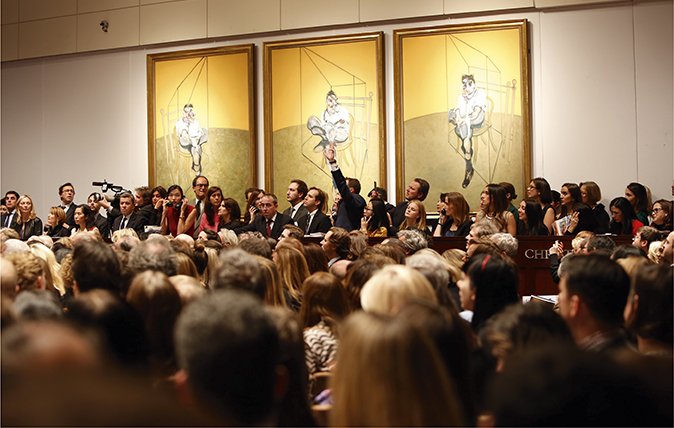

1766: the first sale
The first lot to be offered by James Christie in his own permanent rooms in Pall Mall, on December 5, 1766, was catalogued as ‘six breakfast pint basons and plates’. It was knocked down to Mr Sheppherd at 19 shillings, which, allowing purely for inflation, might be £160 today. The total for that first, five-day sale was £174 16s 6d—by the same token, £28,000 today.
On November 12, 2013, in New York, Jussi Pylkkänen, James Christie’s distant successor, sold 73 lots of post-Second World War and contemporary art for $691.6 million (£553.8m), with a top price of $142,405,060 (£89,473,060) for Francis Bacon’s triptych portrait of Lucian Freud.
Given the richness of both history and art, it is difficult to tell the auction house’s progress from Pall Mall to its present home in King Street, SW1—and ultimately worldwide giant—in just one sale for each half- century and necessarily many triumphs and disasters must be passed over. That first sale followed some years’ apprenticeship, during which Christie probably worked as clerk and partner to Mr Annesley, an established auctioneer in Covent Garden, then the centre of the London art market.
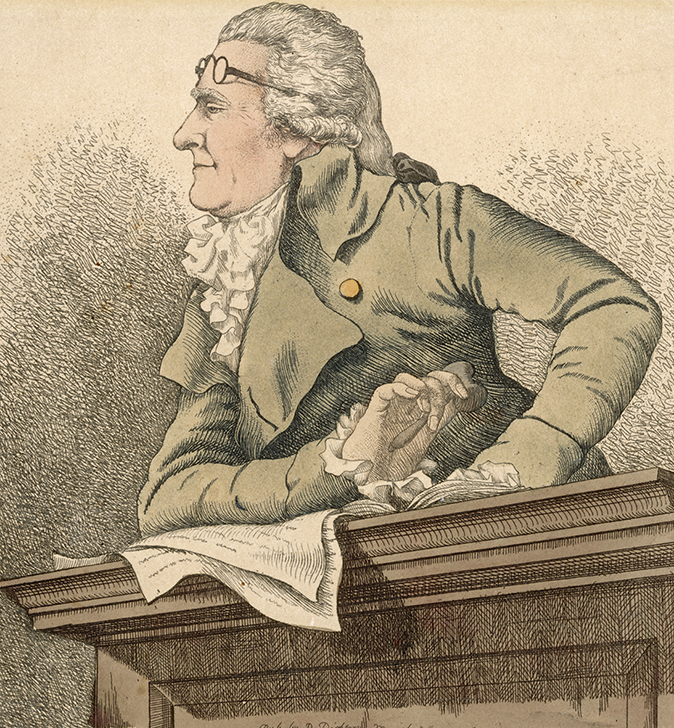
Although, from 1764 at the latest, he was putting on his own sales in other people’s premises, the first Pall Mall catalogue marks his firm’s true birth. It was also a sale that foreshadowed one of the major strengths of Christie’s business over the following centuries. It was essentially what we know as a contents sale: ‘The Genuine Household Furniture, jewels, Plate, Fire- Arms, China &c. And a large Quantity of Maderia [sic] and high Flavour’d Claret. Late the Property of a Noble Personage (Deceased).’ Among the various chattels were ‘Useful and ornamental Chelsea, Dresden and Oriental China, a Musical Spring Clock and Eight-day ditto, some fine Bronzes, Models, Pictures &c. &c.’
In March 1767, the first dedicated picture sale was organised and, despite only modest success, Christie soon afterwards attracted a collection of paintings from the Duke of Leeds and the business was fully launched. Techniques and strategies were much the same as today: the enticement of fashionable vendors, if necessary by the judicious offer of ‘money advanced on valuables’, astute use of publicity, theatrical presentation and the cultivation of the press.
Private sales were negotiated from the beginning. In 1778, Christie was commissioned by Lord Orford to value his late father Sir Robert Walpole’s pictures from Houghton House, Norfolk, which he proposed to sell to the Empress Catherine the Great. Christie, in turn, called on the expertise of the painters Benjamin West and Giovanni Battista Cipriani and the painter-dealer Philippe Tassaert and, between them, they settled on a total of £40,455 (now perhaps £2,171,625), which was largely accepted.
One private sale that got away was Christie’s attempt to acquire the Orléans paintings, the greatest non-royal collection in Europe, at 100,000 guineas on behalf of a syndicate that included the Prince of Wales. It must have hurt when, in 1793, his successful rivals exhibited the collection at Mr Bryan’s nearby Pall Mall rooms, attracting 2,000 visitors a day at 1s a head.
Sign up for the Country Life Newsletter
Exquisite houses, the beauty of Nature, and how to get the most from your life, straight to your inbox.
- - -
Between 1969 and 1973, Huon Mallalieu worked at Christie’s in the English watercolours and prints department. Christie’s anniversary is the subject of a new book, "Going Once: 250 Years of Culture, Taste and Collecting at Christie’s", published by Phaidon.
Country Life is unlike any other magazine: the only glossy weekly on the newsstand and the only magazine that has been guest-edited by HRH The King not once, but twice. It is a celebration of modern rural life and all its diverse joys and pleasures — that was first published in Queen Victoria's Diamond Jubilee year. Our eclectic mixture of witty and informative content — from the most up-to-date property news and commentary and a coveted glimpse inside some of the UK's best houses and gardens, to gardening, the arts and interior design, written by experts in their field — still cannot be found in print or online, anywhere else.
-
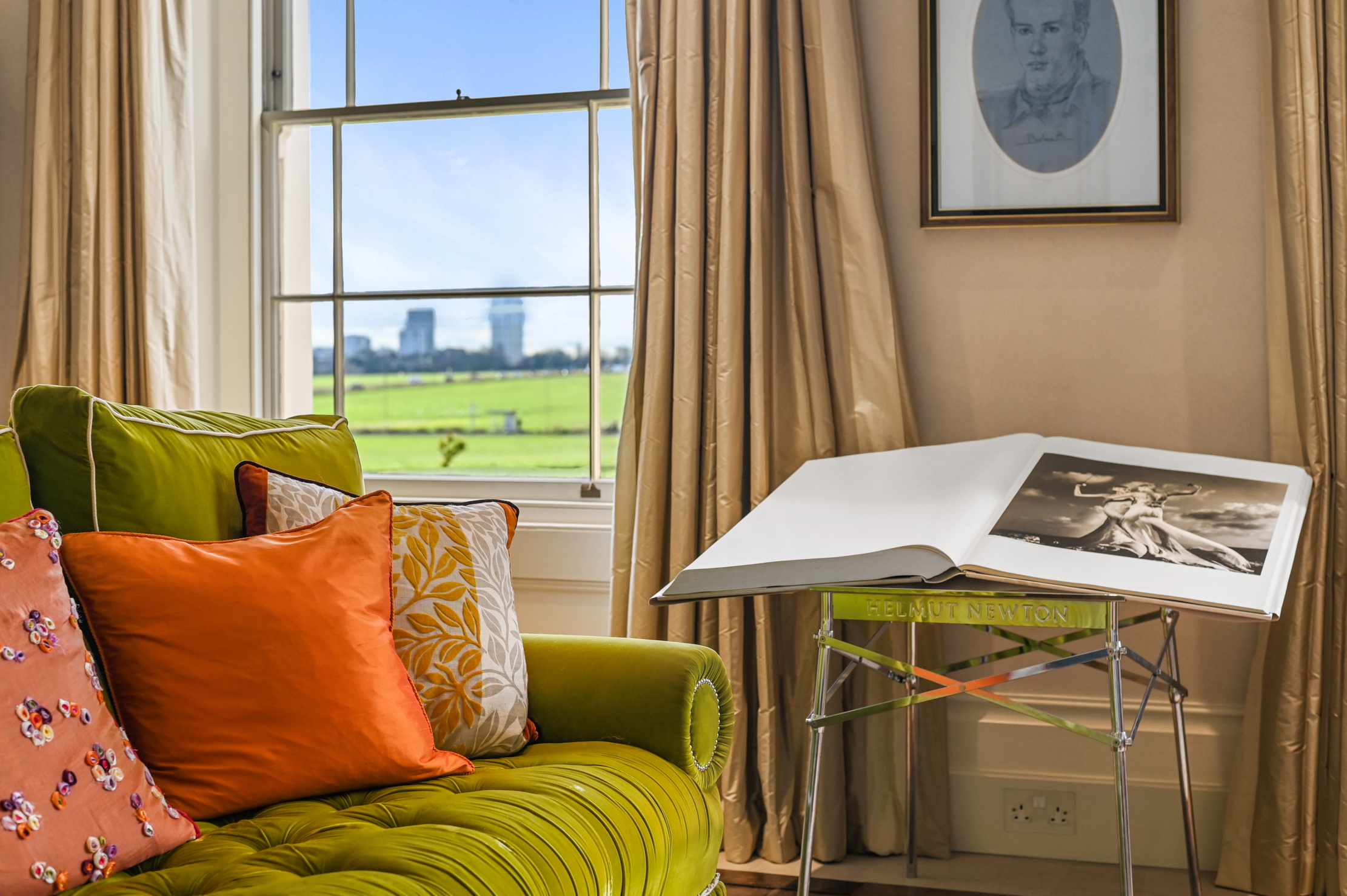 A rare opportunity to own a family home on Vanbrugh Terrace, one of London's finest streets
A rare opportunity to own a family home on Vanbrugh Terrace, one of London's finest streetsThis six-bedroom Victorian home sits right on the start line of the London Marathon, with easy access to Blackheath and Greenwich Park.
By James Fisher
-
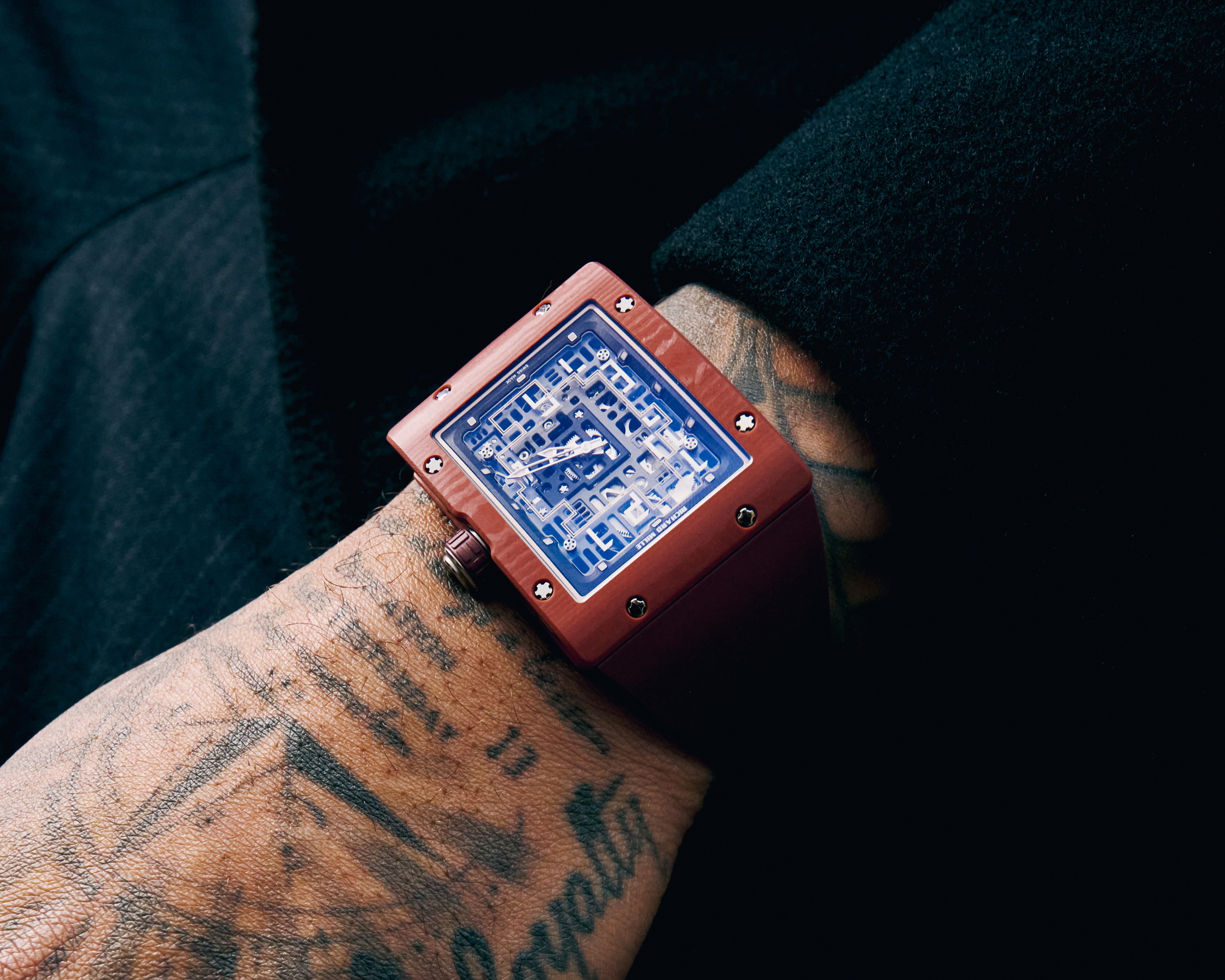 Materials, textures, construction, expression: A Brutalist watch on your wrist
Materials, textures, construction, expression: A Brutalist watch on your wristLuxury watchmakers are seeking to bridge the gap between two contrasting styles, with exciting results.
By Chris Hall
-
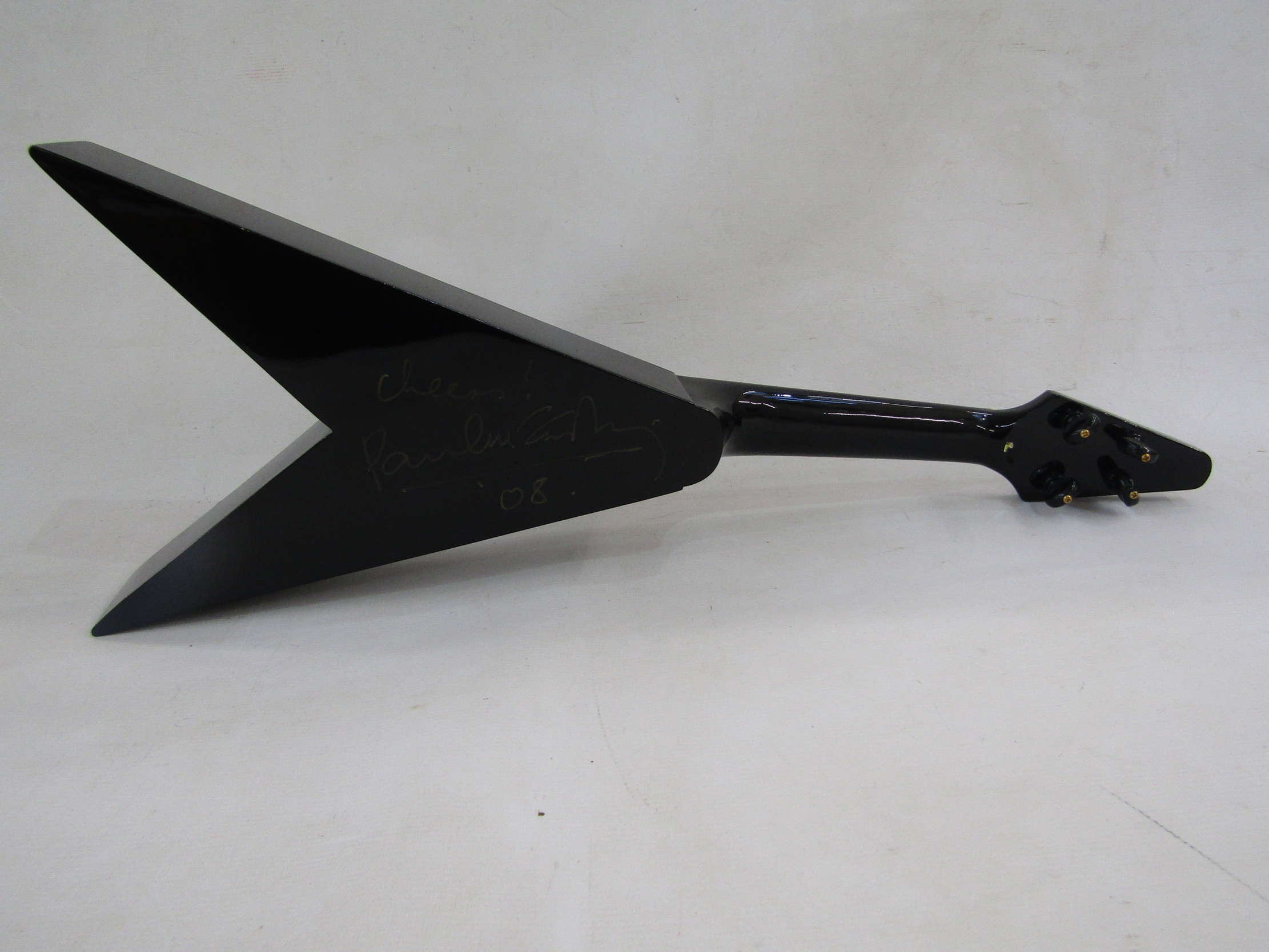 Churchill's dentures, Bruno's boxing glove and Hurst's boot: The strangest auction in the Cotswolds is imminent
Churchill's dentures, Bruno's boxing glove and Hurst's boot: The strangest auction in the Cotswolds is imminentThe Cotswold Auction Company's February 6 sale features some surprising lots from the Second World War, the world of sport and many many stamps.
By James Fisher
-
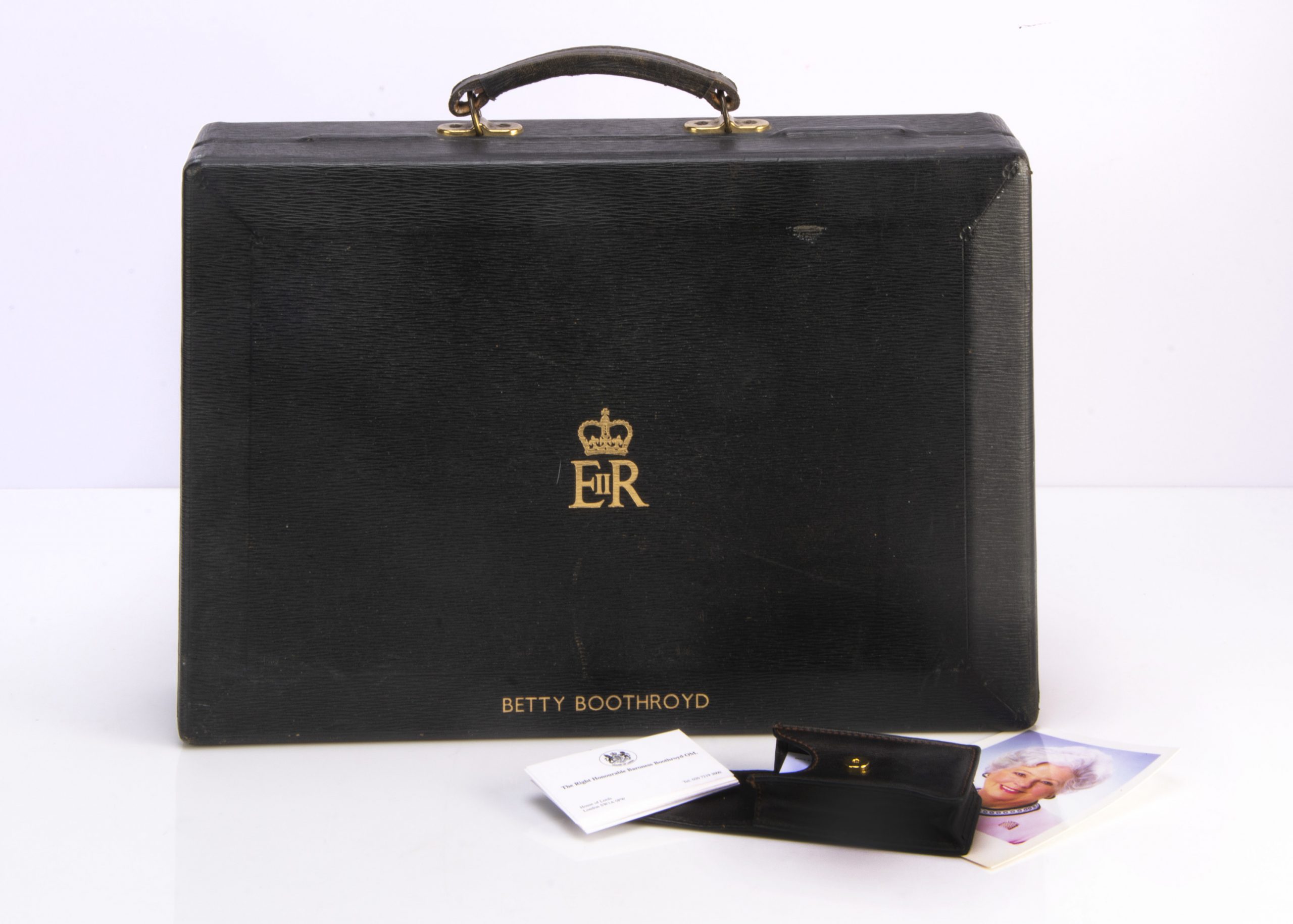 A dispatch box, a bottle of whisky and some frogs — estate of Baroness Betty Boothroyd going under the hammer
A dispatch box, a bottle of whisky and some frogs — estate of Baroness Betty Boothroyd going under the hammerItems belonging to the first female Speaker of the House of Commons will be auctioned off for charity next week
By James Fisher
-
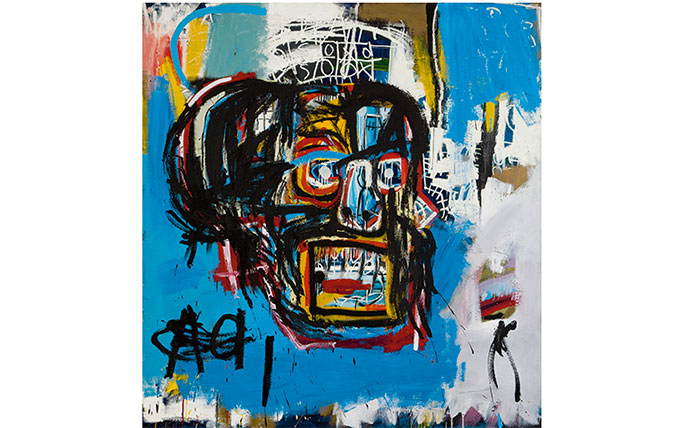 Jean-Michel Basquiat painting goes under hammer for $110.5 million
Jean-Michel Basquiat painting goes under hammer for $110.5 millionBasquiat was 21 years old and still a relative unknown when he painted this piece.
By Toby Keel
-
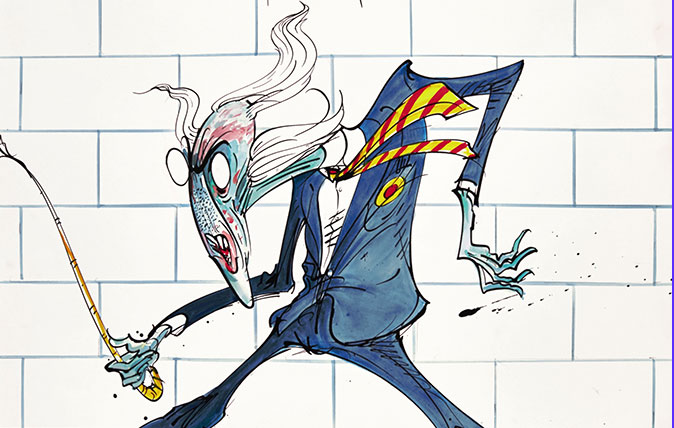 Scarfe’s biting satire to go under the hammer at Sotheby’s
Scarfe’s biting satire to go under the hammer at Sotheby’sA selection of cartoons by satirical cartoonist Gerald Scarfe are going under the hammer at Sotheby's.
By Country Life
-
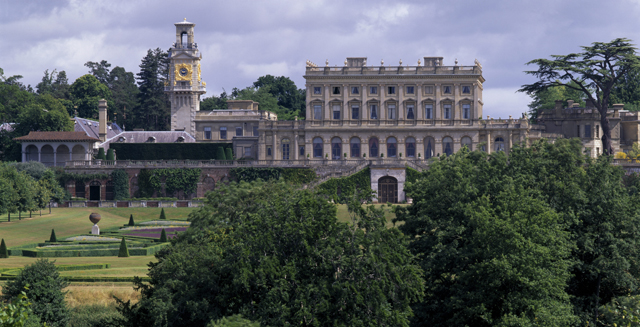 Sotheby’s experts to appraise your antiques during Meissen event at Cliveden
Sotheby’s experts to appraise your antiques during Meissen event at ClivedenA team of experts from Sotheby's will be giving appraisals of antiques during an event organised by porcelain maker Meissen at the beautiful Cliveden House.
By Toby Keel
-
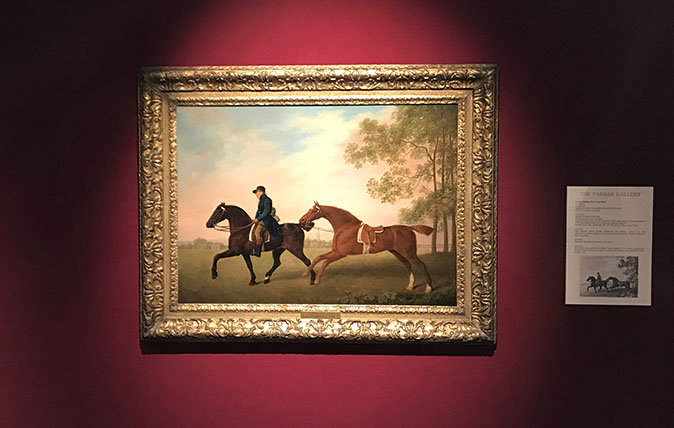 Long-neglected ‘copy’ turns out to be original Stubbs worth £750,000
Long-neglected ‘copy’ turns out to be original Stubbs worth £750,000Gallery owner Archie Parker thought something was amiss when he came across this painting in an online sale catalogue, and he flew to New York to play out his hunch. It paid off.
By Toby Keel
-
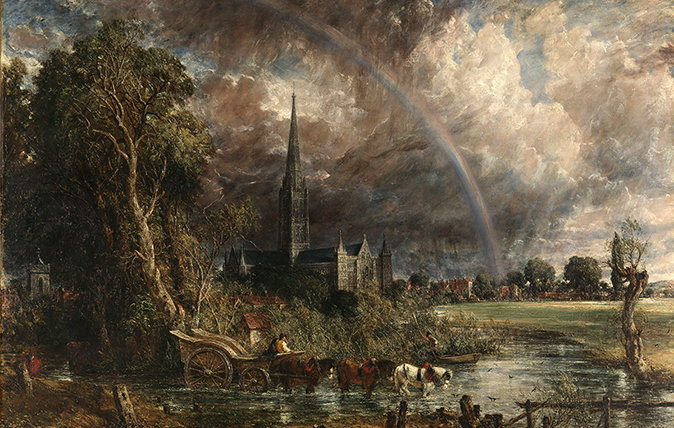 Constable ‘added rainbow after his masterpiece first went on display’
Constable ‘added rainbow after his masterpiece first went on display’One of Britain's greatest-ever artists apparently touched up one of his most famous works to mark the death of a close friend.
By Toby Keel
-
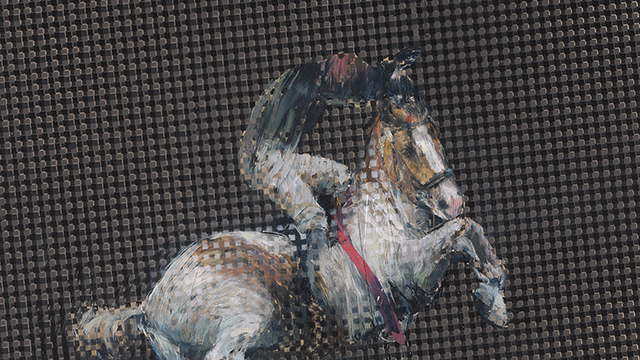 Princess Eugenie helps boost Children & the Arts charity auction at Christie’s
Princess Eugenie helps boost Children & the Arts charity auction at Christie’sThe princess has helped secure donations of works, and has given her patronage to the sale helping a charity which she says has left her "truly inspired".
By Country Life